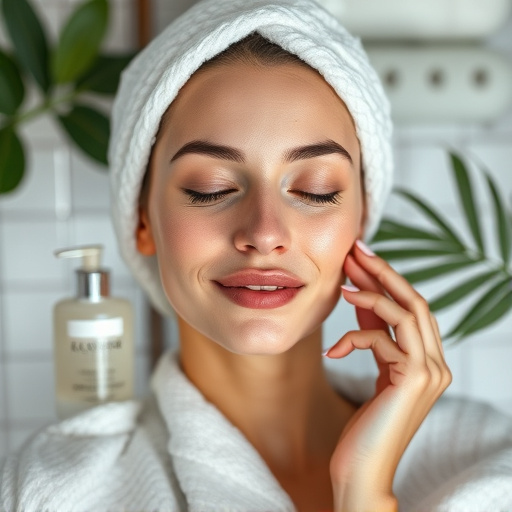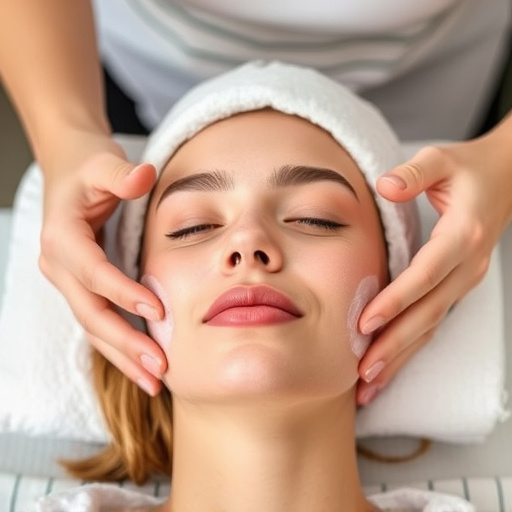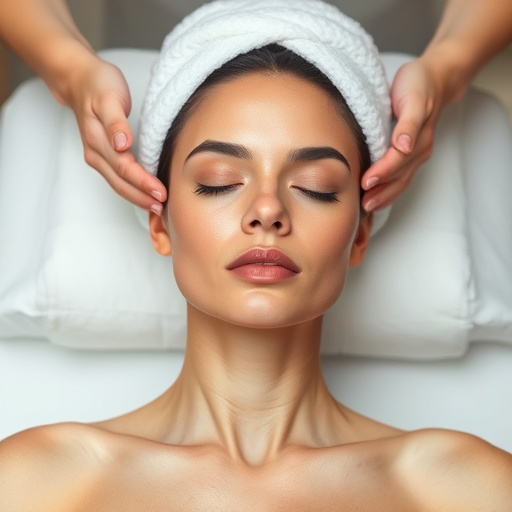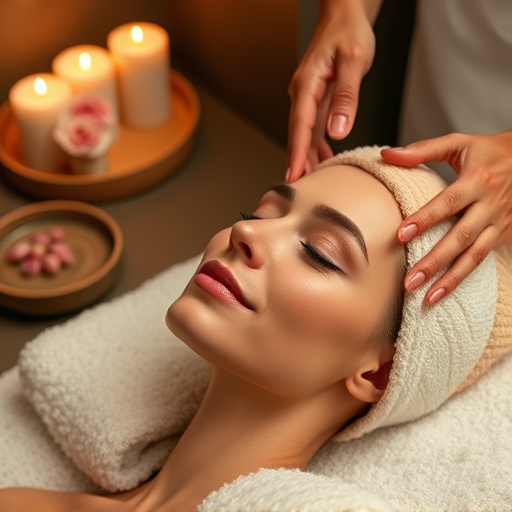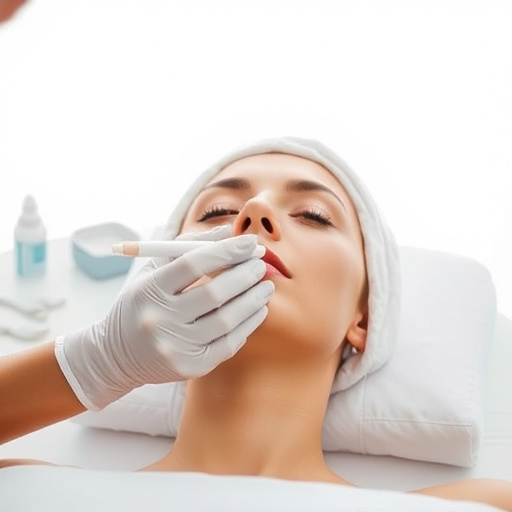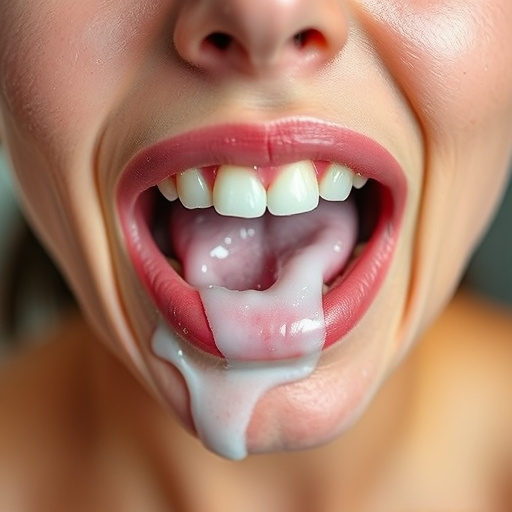Prioritize gentle, hydrating skincare before a lactic acid peel. Avoid mixing it with retinoids to prevent irritation. After peeling, use mild, sulfate-free cleansers and moisturizing treatments to maintain skin balance and promote regeneration for optimal lactic acid peel results.
A lactic acid peel can be a powerful tool for achieving smoother, brighter skin, but mixing it with certain products can lead to irritation and counteractive results. In this guide, we’ll explore what not to combine with your lactic acid peel. From sensitive skin irritants to strong retinoids and harsh cleansers, understanding these mistakes is crucial for maximizing the benefits of your peel while minimizing potential side effects.
Avoid Sensitive Skin Irritants
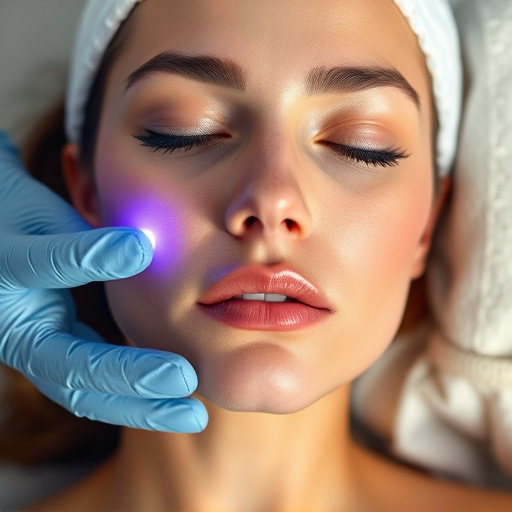
When preparing for a lactic acid peel, it’s crucial to understand what ingredients to steer clear of to ensure optimal results and prevent sensitive skin irritation. This particular acid is potent and works by gently exfoliating the top layer of skin to reveal smoother, brighter, and more even-toned skin below. However, its potency also means it can be irritating for those with delicate or already irritated skin.
To avoid any adverse reactions, refrain from using products containing sensitive skin irritants before your peel. This includes ingredients like fragrances, alcohol, and harsh cleansers. Instead, opt for gentle, hydrating, and calming skincare items tailored to your skin’s needs. Remember, the goal is to create a harmonious balance between enjoying the benefits of lactic acid peel as an anti-aging treatment or body contouring tool while preserving your skin’s health and comfort. Customized facials can be a great way to achieve this by addressing specific concerns with targeted ingredients.
Don't Combine With Strong Retinoids
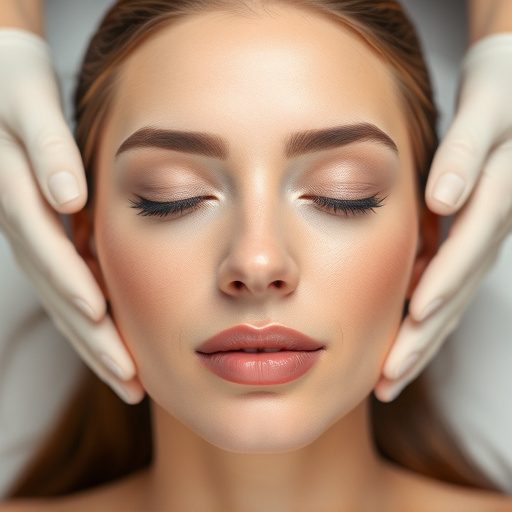
When considering a lactic acid peel, it’s crucial to understand certain products should never be mixed together for optimal results and skin safety. One such combination to avoid is pairing your lactic acid peel with strong retinoids. While both are powerful ingredients in skincare routines, their potent nature can lead to skin irritation and sensitivity if used simultaneously.
Lactic acid peels gently exfoliate the skin by breaking down dead skin cells, while retinoids stimulate collagen production and help unclog pores, making them popular choices for customized facials and professional acne treatments. However, when combined, these ingredients may cause excessive redness, peeling, or even a burning sensation. It’s best to schedule your lactic acid peel sessions and retinol application on different days or weeks to allow your skin to recover between treatments, ensuring a healthier and more effective skincare regimen.
Stay Clear of Harsh Cleansers
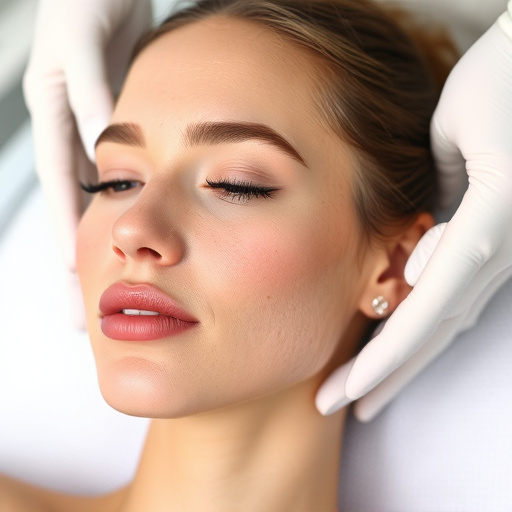
After a lactic acid peel, it’s crucial to avoid harsh cleansers that can disrupt the skin’s delicate balance. These types of cleansers often contain ingredients like sulfates or essential oils that may cause irritation, especially post-treatment. Since lactic acid peels are gentle exfoliants designed to smooth and brighten the skin, using a harsh cleanser can reverse these benefits and even lead to redness or dryness.
Instead, opt for mild, hydrating facial treatments that won’t strip your skin of its newly revealed radiance. Gentle, sulfate-free cleansers are ideal for maintaining the skin’s pH level and keeping it moisturized—a critical step in supporting your lactic acid peel’s results and promoting healthy skin regeneration, particularly when incorporated into your acne treatments routine.
When considering a lactic acid peel, it’s crucial to avoid mixing it with certain irritants that can counteract its benefits. Sensitive skin should be shielded from harsh cleansers and strong retinoids, as these may cause unwanted reactions. Prioritizing gentle skincare practices will help ensure your lactic acid peel yields the best results, leaving your skin rejuvenated and healthy.



